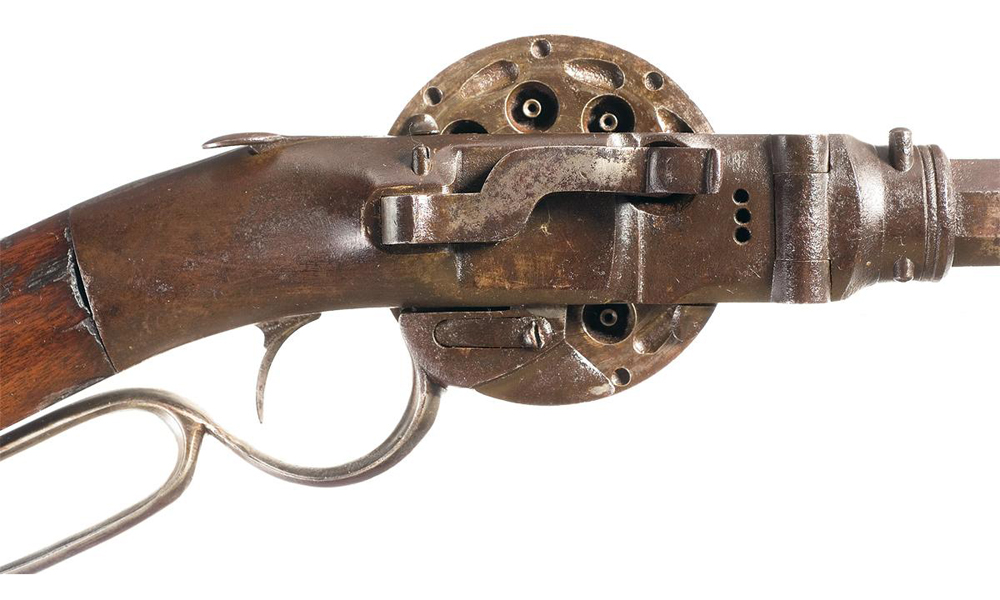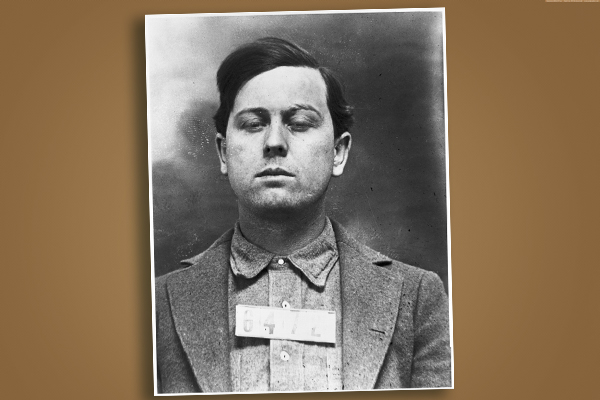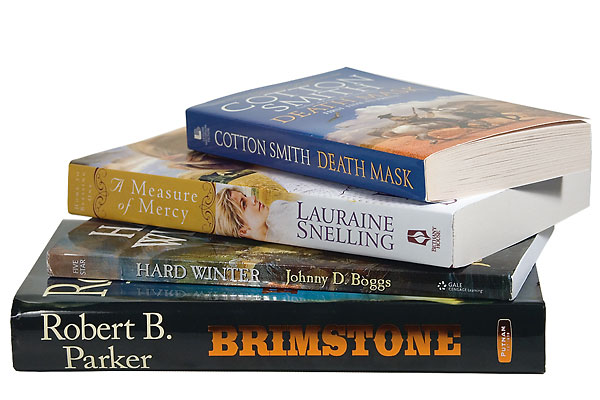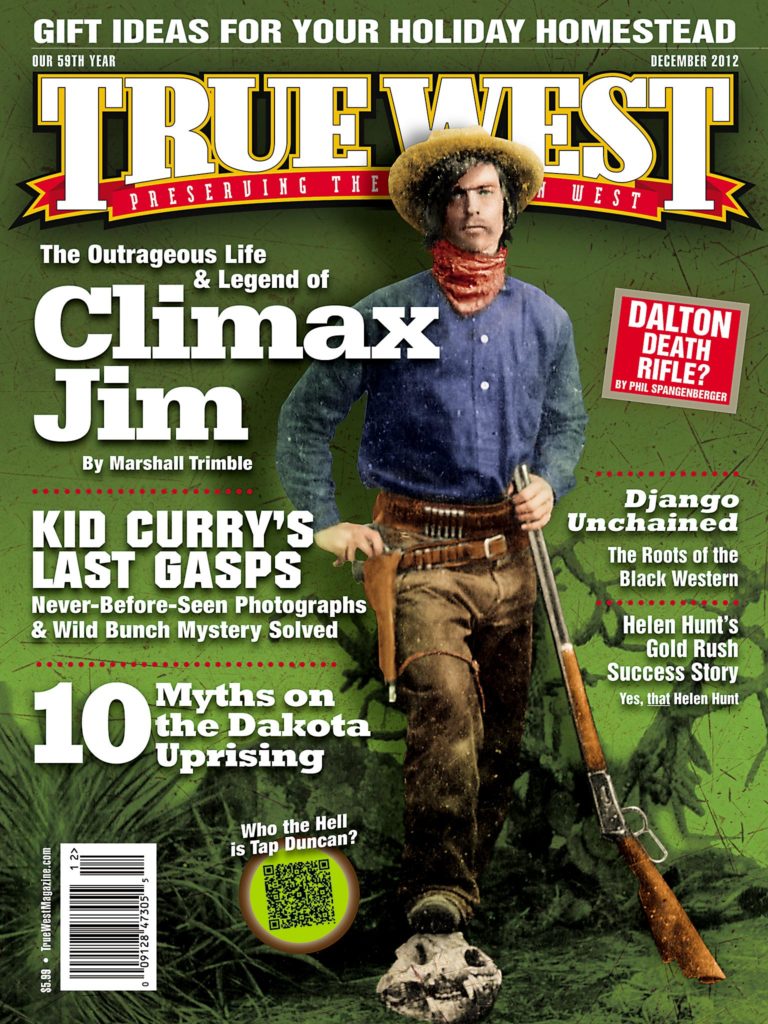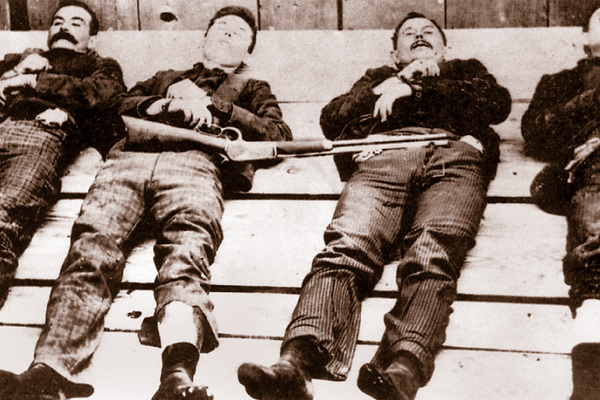 While many of the American frontier’s most famous arms are well known today, few have had the distinction of becoming a working classic for as long as the Browning-designed 1886 Winchester lever-action rifle.
While many of the American frontier’s most famous arms are well known today, few have had the distinction of becoming a working classic for as long as the Browning-designed 1886 Winchester lever-action rifle.
The big rifle was a favorite of many Old West frontiersmen, including President Theodore Roosevelt, frontier scout Al Sieber, bank robber Henry Starr, a number of peace officers like Oklahoma’s Heck Thomas, as well as numerous American hunters. A Winchester 1886 rifle was pictured with the corpses of the Dalton Gang members who had met their grisly fate during the 1892 bank raid in Coffeyville, Kansas. Reportedly Bob Dalton carried an 1886 model.
Designed by arms inventors John M. Browning and his brother Matthew in 1883, the lever gun was patented the following year. In a business agreement with Winchester, the brothers assigned all manufacturing rights to Winchester. After improvements were made by Winchester’s master mechanic and gun designer, William Mason, production began. According to Winchester records, the first models were delivered to the factory’s warehouse on August 30, 1886. That October, the Model 1886 made its public debut in the Winchester catalog.
Initially, the ’86 was available in .45-70 Govt. (Winchester’s first lever rifle in
that caliber), .45-90 WCF (Winchester Central Fire) and .40-82 WCF caliber. Through the rifle’s 49-year production period, another seven chamberings were added to its line, including .40-65 WCF, .38-56 WCF, .40-70 WCF, .38-70 WCF, .50-100-450, .50-110 Express and .33 WCF. This last offering, introduced in March 1903, was extremely popular during the gun’s 20th-century production.
The .45-70, one of the ’86 Winchester’s most favored rounds, was produced until 1919. Since the rifle was made in the big-game chamberings of the day, it remained popular with sportsmen well into the era of smokeless powder.
Winchester ’86s made after 1895, when the then-new nickel steel was first employed in gun barrels, often utilized this stronger material and
are sometimes marked, “Nickel Steel Barrel, Especially for Smokeless Powder,” or simply “Nickel Steel.” Late-production models that do not have barrels of nickel steel may be marked “Winchester Proof Steel.”
The New Haven, Connecticut, outfit ceased production of the 1886 in
1935, having turned out just under 160,000 rifles. The firm then developed its .348 Winchester cartridge, replacing the ’86 rifle with the Model 71, which was nothing more than a revamped, half-magazine style 1886 that was designed to handle the new round. Winchester produced the 71 until around 1957.
In the mid-1980s, Browning brought out a limited edition of its own 1886 (Winchester) and the Model 71, manufactured by Japan’s Miroku Corporation, which also produced other Browning-designed classic rifles. Several companies are currently importing
1886 replicas from the Italian firm
of Chiappa.
Collectors still seek out the 1886 Winchester due to its history and its beautiful color case-hardened frame, hammer, fore-end cap and butt plate, which are found on guns made prior to 1900 (approximately 120,000 serial number) and the fine blue finish on later arms. Regardless of which model of
the ’86 you purchase, you’ll find that
it’s one heck of a rifle!
Phil Spangenberger writes for Guns & Ammo, appears on the History Channel and other documentary networks, produces Wild West shows, is a Hollywood gun coach and character actor, and is True West’s Firearms Editor.


